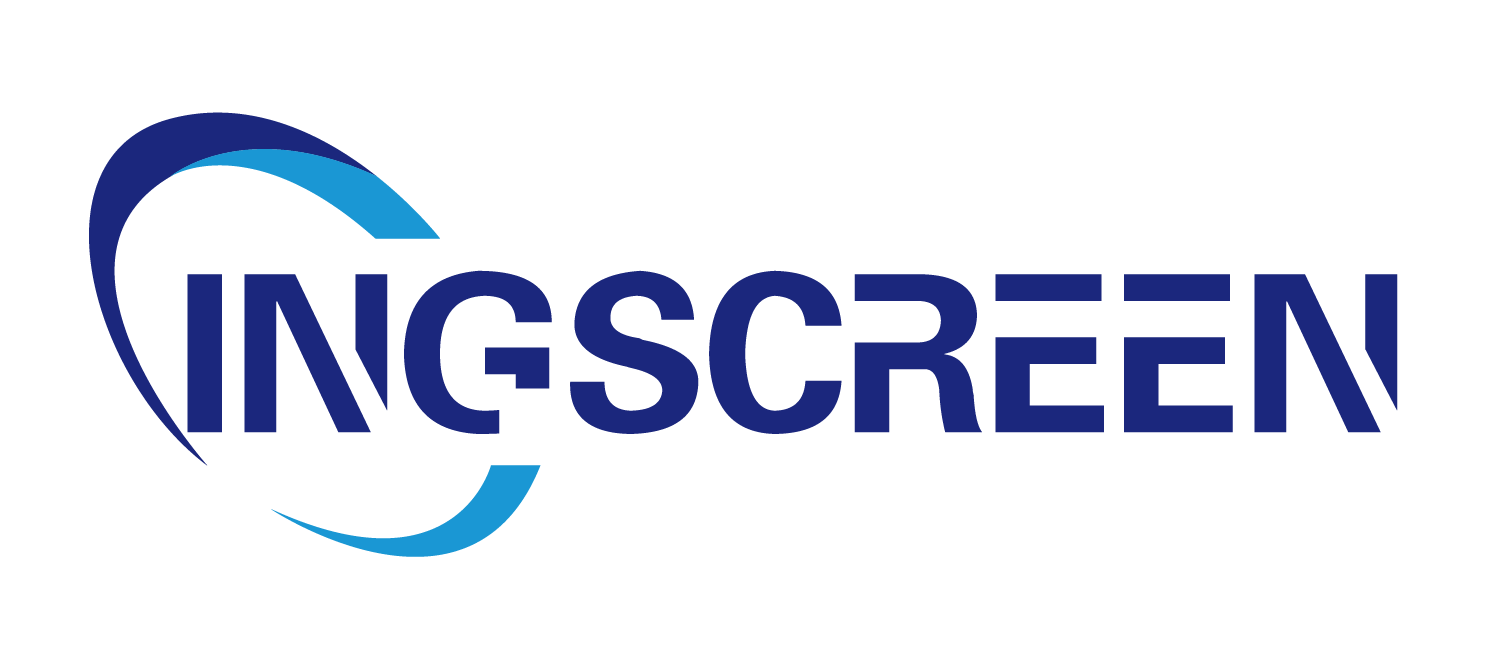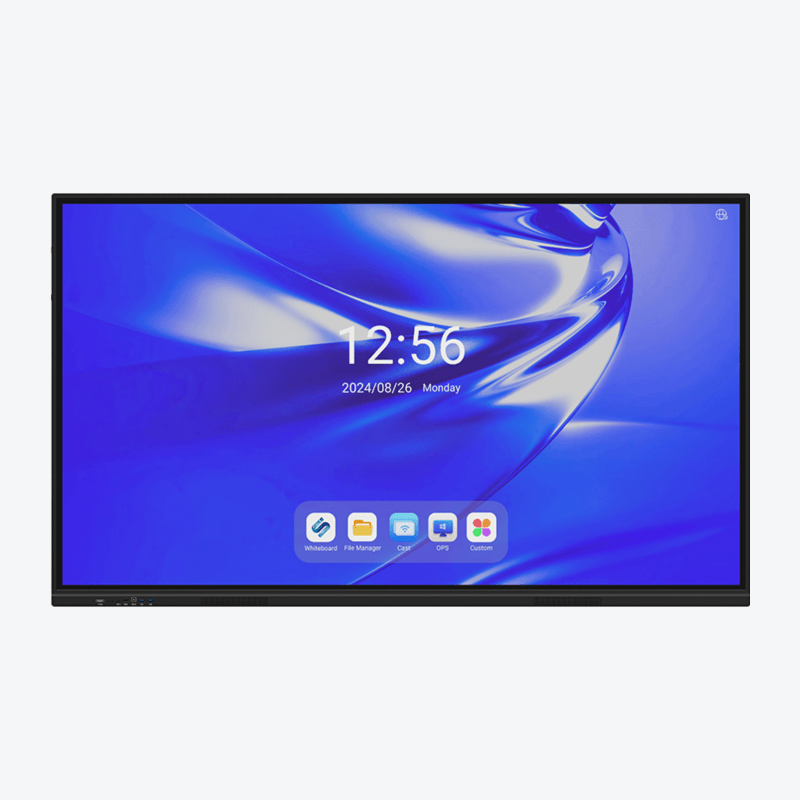Understanding the Impact of Interactive Digital Solutions in Modern Business
The business landscape is rapidly evolving, and digital kiosk technology stands at the forefront of this transformation. These interactive solutions have become essential tools for businesses seeking to enhance customer experience, streamline operations, and stay competitive in an increasingly digital world. From retail stores to healthcare facilities, digital kiosks are revolutionizing how organizations interact with their customers and manage their daily operations.
Modern digital kiosk solutions offer unprecedented versatility, combining powerful hardware with intuitive software to deliver seamless experiences. Whether it's self-service checkout, interactive product catalogs, or automated customer service, these systems are designed to meet diverse business needs while reducing operational costs and improving efficiency.
Essential Components of an Effective Digital Kiosk System
Hardware Specifications and Durability
The foundation of any reliable digital kiosk system lies in its hardware components. Commercial-grade screens, responsive touch panels, and robust processing units form the backbone of these systems. When evaluating hardware options, consider factors such as screen size, brightness levels, and touch sensitivity. Industrial-grade components ensure longevity and consistent performance even in high-traffic environments.
Durability features like tamper-resistant screens, weatherproof casings, and temperature control systems are crucial for kiosks deployed in various environments. These elements protect your investment and ensure uninterrupted service, whether your digital kiosk is installed indoors or exposed to outdoor conditions.
Software Integration and User Interface Design
The software powering your digital kiosk must align perfectly with your business objectives. Look for platforms that offer customizable interfaces, seamless integration with existing systems, and robust security features. The user interface should be intuitive enough for customers of all tech-literacy levels while maintaining professional aesthetics that reflect your brand identity.
Advanced analytics capabilities within the software can provide valuable insights into user behavior, helping you optimize content and improve the overall customer experience. Regular software updates and maintenance ensure your kiosk stays current with the latest security protocols and feature improvements.
Strategic Placement and Environmental Considerations
Location Analysis and Traffic Flow
The success of a digital kiosk implementation largely depends on its placement. Strategic positioning requires careful analysis of foot traffic patterns, customer behavior, and space utilization. Consider areas where customers naturally congregate or where they might need immediate assistance. High-visibility locations with good lighting and easy access can significantly impact usage rates.
Think about the journey your customers take through your space and identify points where a digital kiosk could eliminate bottlenecks or enhance the experience. The placement should feel natural and convenient, encouraging spontaneous interaction while not impeding regular foot traffic.
Environmental Factors and Accessibility
Environmental conditions play a crucial role in kiosk performance and longevity. Factors like ambient light, temperature fluctuations, and exposure to elements must be considered when choosing both location and kiosk specifications. Ensure proper ventilation and power supply accessibility for optimal functioning.
Accessibility compliance is another critical factor. Your digital kiosk should be installed at a height and angle that accommodates users of different heights and abilities. Consider ADA guidelines and local regulations regarding accessibility when planning your kiosk installation.

Content Management and Customer Experience
Dynamic Content Creation and Updates
Effective content management is essential for maintaining engaging and relevant digital kiosk experiences. Develop a content strategy that aligns with your business goals while meeting customer needs. Regular updates keep the content fresh and relevant, encouraging repeated interactions.
Consider implementing a content management system that allows for easy updates and scheduling. This enables you to adjust messaging, promotions, and information quickly in response to changing business needs or customer feedback. Interactive elements like product catalogs, wayfinding maps, or service menus should be easily updatable and maintained.
User Experience Optimization
The success of your digital kiosk depends heavily on user experience. Design interfaces that are clean, intuitive, and responsive. Minimize the number of steps required to complete common tasks, and ensure that navigation is straightforward. Include clear calls-to-action and provide visual feedback for all interactions.
Regular user testing and feedback collection help identify areas for improvement in the interface design. Monitor usage patterns and adjust the experience based on actual user behavior and preferences. Consider implementing features like multiple language support to accommodate diverse user needs.
Maintenance and Support Considerations
Regular Maintenance Protocols
Establishing a comprehensive maintenance schedule is crucial for ensuring consistent performance of your digital kiosk. Regular cleaning, system updates, and hardware inspections help prevent issues before they affect service. Develop clear procedures for both routine maintenance and emergency repairs.
Partner with reliable service providers who can offer prompt support when needed. Consider implementing remote monitoring systems that can alert you to potential issues before they become critical problems. This proactive approach helps maintain high uptime and user satisfaction.
Technical Support and Troubleshooting
Having a robust technical support system in place is essential for addressing any issues that arise. Ensure your team is trained in basic troubleshooting procedures and has access to necessary documentation and support resources. Establish clear escalation protocols for issues that require specialized attention.
Consider the availability of spare parts and repair services when choosing your digital kiosk solution. Quick access to technical support and replacement components can minimize downtime and maintain service continuity.
Frequently Asked Questions
What are the key factors to consider when budgeting for a digital kiosk?
When budgeting for a digital kiosk, consider the initial hardware and software costs, installation expenses, ongoing maintenance fees, and potential upgrade costs. Factor in additional expenses such as content creation, technical support, and training for staff who will manage the system. Remember to account for potential energy costs and insurance coverage.
How long does it typically take to implement a digital kiosk solution?
Implementation timelines can vary depending on the complexity of your requirements, but typically range from 4-12 weeks. This includes hardware procurement, software customization, installation, testing, and staff training. Proper planning and clear communication with vendors can help ensure a smooth implementation process.
What security measures should be in place for digital kiosk systems?
Essential security measures include physical security features like tamper-proof hardware, software security through encrypted communications and regular updates, and data protection protocols for handling sensitive information. Implement user authentication systems where necessary and ensure compliance with relevant data protection regulations.




